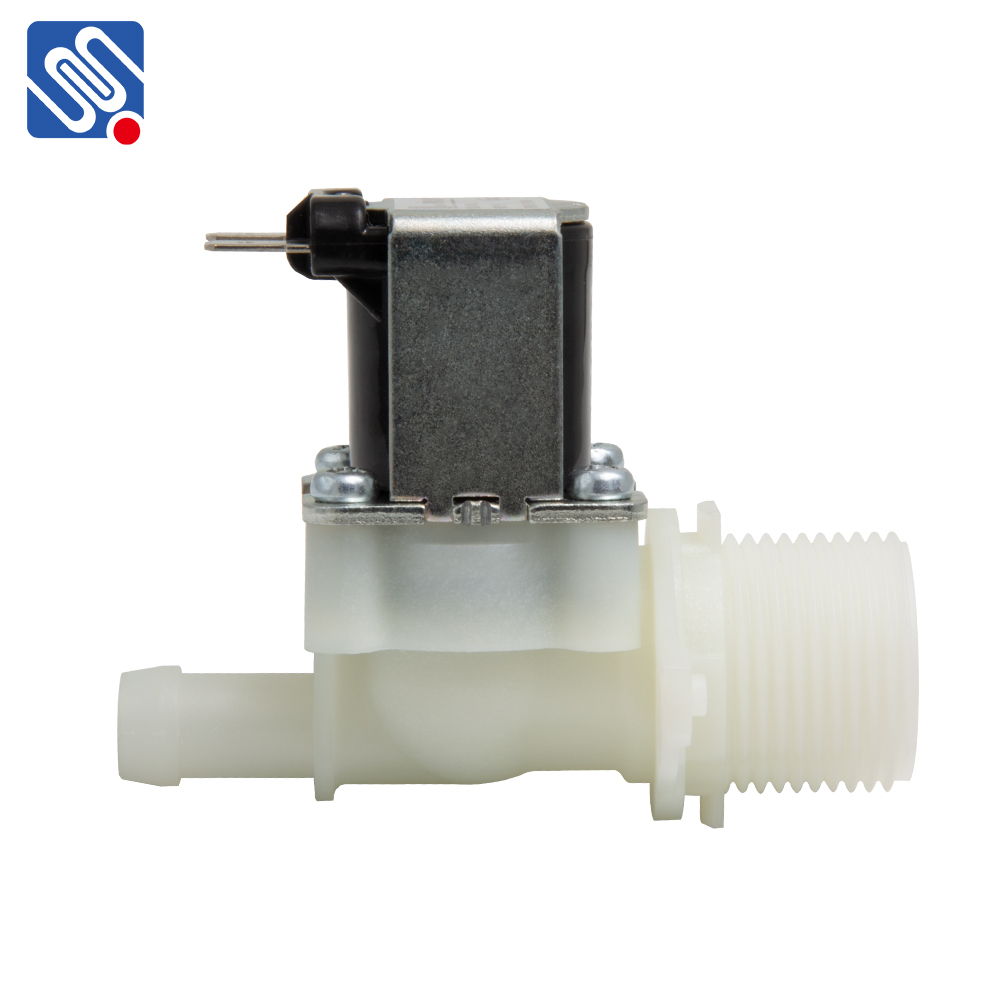A Water Solenoid Valve is a crucial component in modern water control systems, providing an automated solution to regulate the flow of water. This electrically operated valve is integral to many industries, appliances, and systems, offering convenience, efficiency, and precision. In this article, we will explore the function of water solenoid valves, their various applications, benefits, and some common challenges associated with their use.

What is a Water Solenoid Valve? A Water Solenoid Valve is an electromechanical device that controls the flow of water through pipes based on an electrical signal. When an electrical current passes through the solenoid coil, it generates a magnetic field that either opens or closes the valve, allowing or stopping the flow of water. These valves are typically composed of a coil, valve body, plunger, and spring mechanism. The solenoid coil is the key component that powers the operation of the valve. Depending on the design, these valves can be either normally open (NO) or normally closed (NC), where the former remains open in the absence of power, and the latter remains closed.